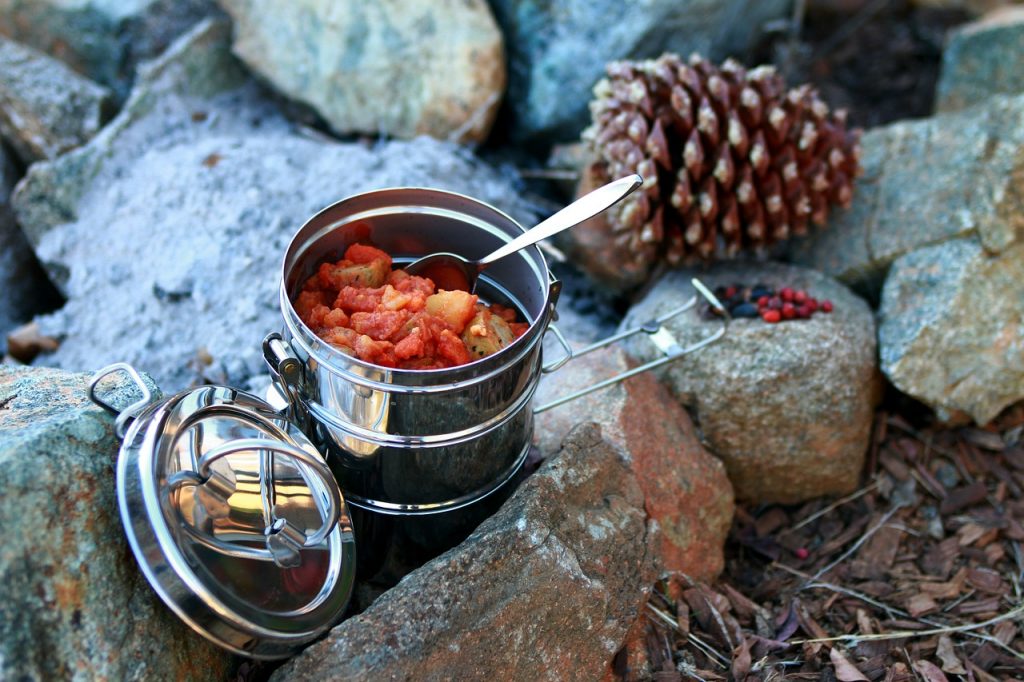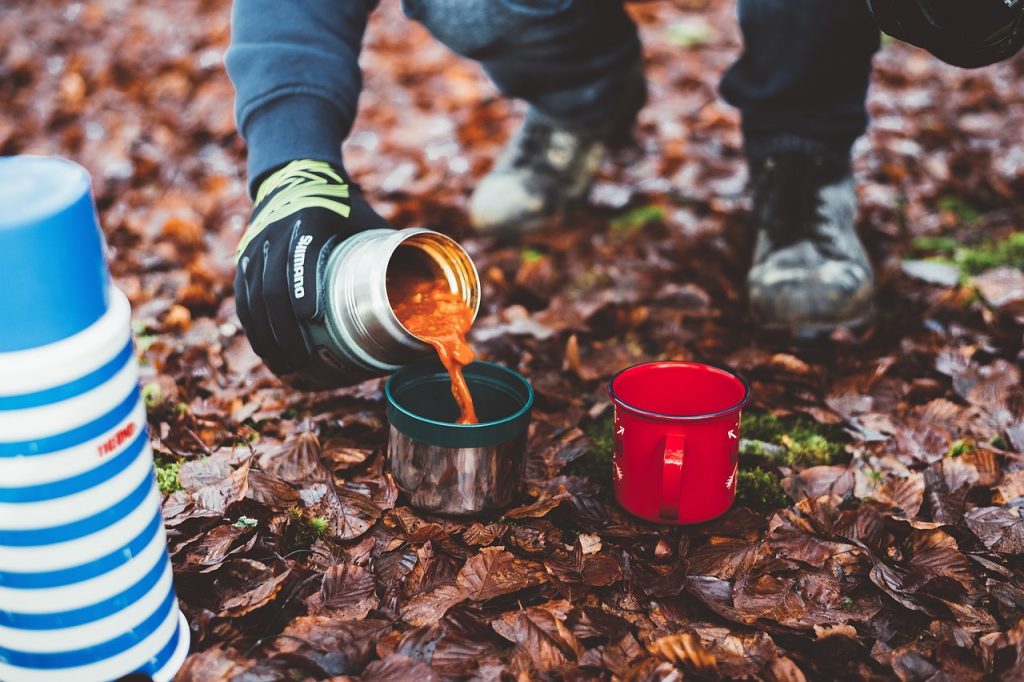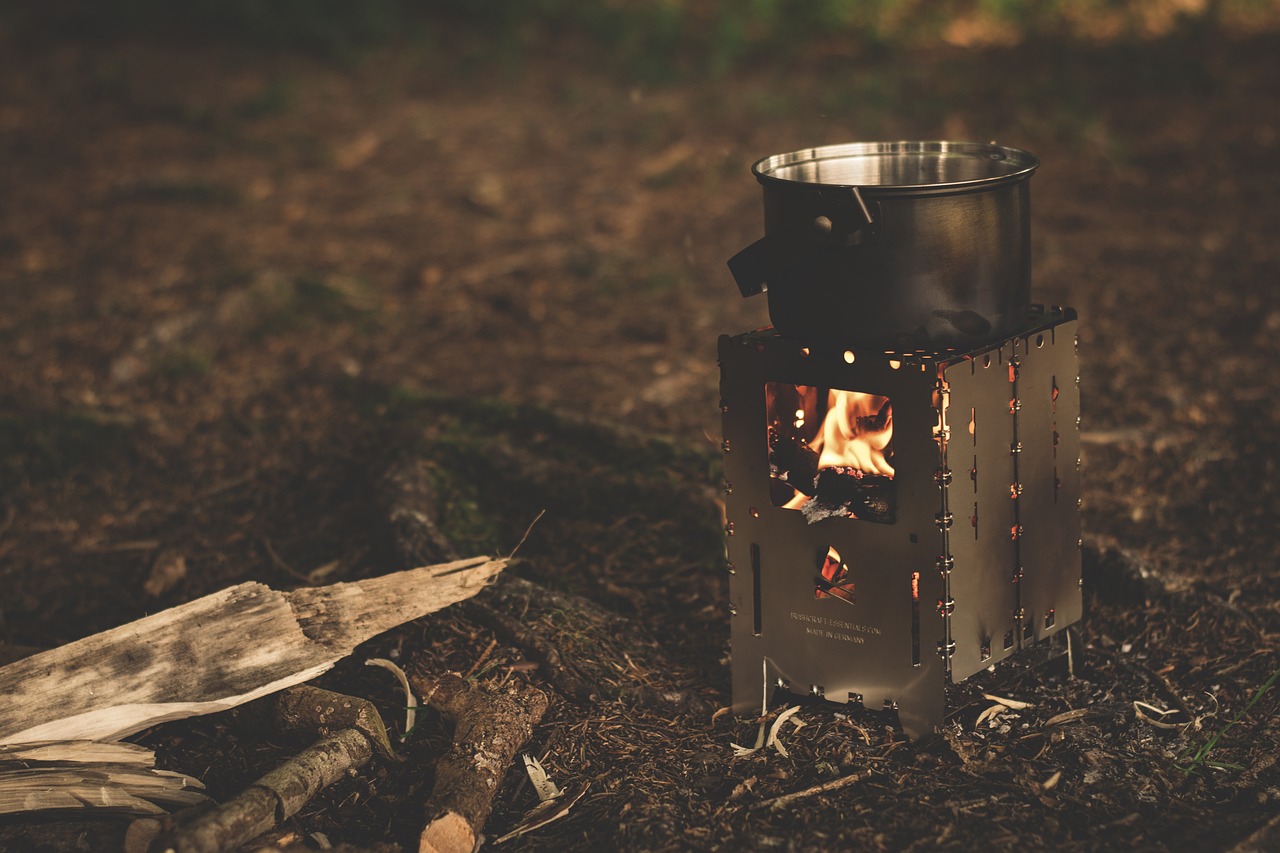What to Eat during a Long-Distance Hike
Have breakfast like a king, lunch like a prince, and dinner like a pauper. Is it possible to live along that saying while doing a long-distance hike or do you rather have to eat like a pauper all the time when going long-distance hiking? No, you don’t have to! This answer may be surprising for a lot of people. However, when doing a trekking-tour on which you won’t have enough space or the ideal conditions for a normal meal, you still don’t have to abstain from your favorite dish!
Furthermore, on a long-distance hike, the food has to be as filling as possible, high in calories, and in numerous different nutrients as you burn more calories than usual every day. Of course, not all of the existing food fits perfectly for taking it with you in your backpack on a trekking-tour. Without the possibility to put the food in the fridge, it has to be nonperishable. The best solution so far for the “food-problem“ at a long-distance hike is dry food. All the important information about food preparation on the road, which meal fits best to which time of day, and how to avoid carrying too much weight, will be provided in this article.
How to prepare dry food
On a trekking-tour that lasts for a couple of weeks where the probability to find food along the way is very low, the food preparation is definitely more complicated than on a one day-trip. This is the reason why dry food, specially made for long-distance hiking, is one the most simple and best possibilities which additionally isn’t a lot of weight to carry. The mixtures that are already prepared and only have to be mixed with water heated in the camping cooker are full-fledged meals which are available in several different brands and varieties. You can choose between spaghetti pomodoro, a lentils stew, or even a vegetarian rice dish just to name some of them. Disadvantages are indeed that those packages are rather expensive and can contain a special type of spices that doesn’t match everyone’s taste. Whoever rather wants to do their own thing, can prepare their individual meal instead. One simple method for cooking your own meals during a long-distance hike and a recommendation for what to eat at which time of the day, will be explained in more detail in the following paragraphs.
What to eat for breakfast on a trekking-tour?
Breakfast is known to be the most important meal of the day and therefore should play an important role on a trekking-tour as well — or especially on such a tour. As you are walking many miles per day when doing a long-distance hike which leads to a huge loss of energy, a healthy breakfast in the morning is as important as enough sleep during nighttime! In this case you should eat a sufficient amount of carbs and calories that both will give you some energy. A porridge, for example, is a good breakfast when doing a trekking-tour. The oat flakes are relatively easy to carry as they don’t weigh a lot and also don’t take a lot of space in your luggage. Furthermore, they only have to be cooked with wate that is normally available in a small mountain river nearby. After that they can be upgraded very simply by adding for example some milk powder so that it tastes like a real porridge and not just like oatmeal gruel . In order to have enough vitamins you can add some fruits — apples since they don’t perish very fast or dry fruits like dry bananas as they are durable and rich in energy. On top of that, nuts are very nonperishable as well as full of healthy fats, calories, and energy. My personal advice would be to add some coco flakes because they are very delicious and nutritious. If you still need more calories and energy, linen seeds are a perfect fit and can be cooked with water and added to the porridge as well. All in all, you get a breakfast rich in calories, vitamins, and healthy ingredients that gives you enough energy for your upcoming hiking day without lacking taste!
What to eat for lunch on a long-distance hike?
In order not having to use the camping cooker and therefore avoiding a rather long hiking break, you can just have a brown-bag lunch. However, you can’t just enjoy normal bakery products as usual, but have to think about more durable food again. Concerning the bread, crisp-bread or crackers are a good replacement. In order to eat healthy, whole-wheat crisp-bread is the best option.
It can be combined at will. Especially for meat-lovers, this is very simple and varied as there are a lot of different types of dry sausage and meat. For example, you can choose between salamis, bifis, or „kaminwurzen“ that all contain proteins and fasts equally important for long-distance hiking. Additionally, there is the possibility to take different types of beef jerky with you that delivers a lot of proteins with a contained portion of around 60-70 percent.
Yet, a non-cooked lunch on a long-distance hike is rather difficult to find for vegetarians. One option would be to buy some vegetables dips that are produced without dairy products. Therefore, they should last at least around two weeks. Additional side dishes like nuts or dry fruits can be left out at lunch as they have already been art of the breakfast porridge.


What snack fits for a long hiking trip?
Instead, nuts, apples, or any kind of dry fruits — dates, figs, bananas, raisins — are suitable as a small snack in between. Yet, during a long-distance hike a snack won’t be needed everyday. On the days you feel like having a snack — probably foremost the first couple of days as the body will get used to less food during the whole trip — you should avoid too much sugar. Snacks like chocolate bars have a lot of calories, but those are the bad type of carbs that give your body energy for just a short time. Afterwards, you will feel very sleepy as if your are in some kind of “sugar coma“. Instead, you should rather have some sugar-free cereal bars produced with natural ingredients and full of proteins and vitamins with you. Those can be a real tasty tidbit as well and are good for your body at the same time!
What is on the table for dinner?
For dinner, after having already found and prepared your place for the night, you can use the camping cooker again. Once more, you get the possibility to prepare yourself a hot meal. This is a good thing after a long day full of hiking. In this case, there are various options to cook some delicious dishes very fast and easily without having to carry a lot of stuff. Therefore, you choose one sort of carbs — rice, mashed potatoes, couscous, bulgur, red/yellow lentils, or just any kind of noodles — as a basis. I have heard that the Capellini No. 1 by Barilla are the thinest spaghetti at all and are perfect for a long-distance hike with a cooking duration of only three minutes.
Afterwards you combine the carbs with different packages of sauce mix — vegetable sauce, tomato sauce, mushroom sauce, paprika sauce, and so on — that only need to be mixed with boiled water. You can either choose the “normal“ version if you don’t find extremely healthy food very important or a healthy alternative if you want to give your body only the good stuf while it has to endure such extreme exertions. This way, you’ll get despite the low capacities a tasty and sufficiently seasoned meal that is filling and rich in energy. Depending on the portion and the combination you will eat between 650 and 850 calories.
Even if the sauce mixes are already seasoned, you don’t have to forget to bring enough salt and a package of bouillon cubes. Any kind of additional spice can’t do any harm as change isn’t high on the list of priorities on a trekking-tour!


You can see, it’s not exactly rocket science to find adequate food for long-distance hikes. At least, there is a small selection of products that fit into your gear, can be prepared easily with the camping cooker, and are very tasty, healthy, and rich in energy. Whoever wants to have it even more uncomplicated and is willing to spend a little bit more money, can simply buy some packages of dry food in the version of their favorite dish. However, pay attention! Not just having enough to eat is important on a trekking-tour, but having enough to drink is even more important! Stay hydrated!


